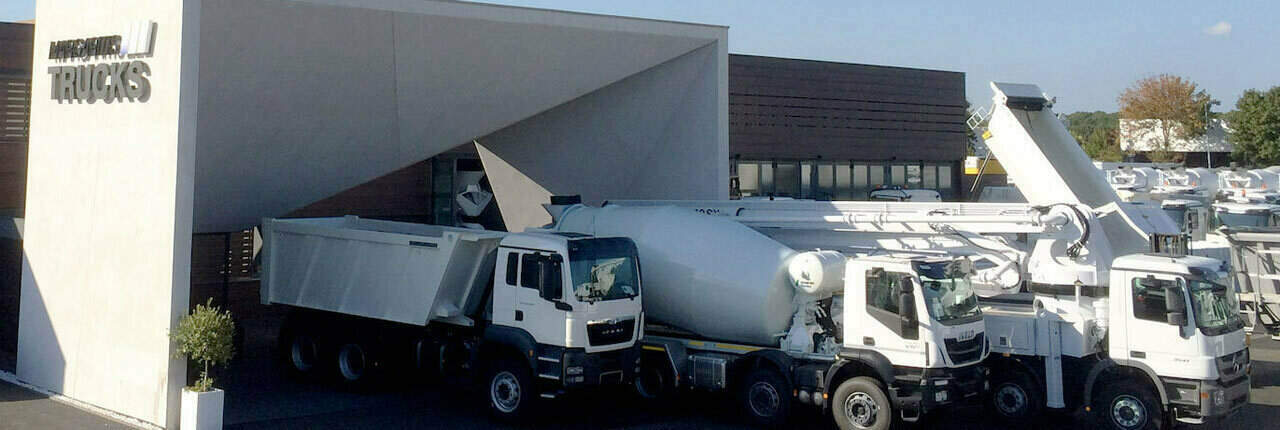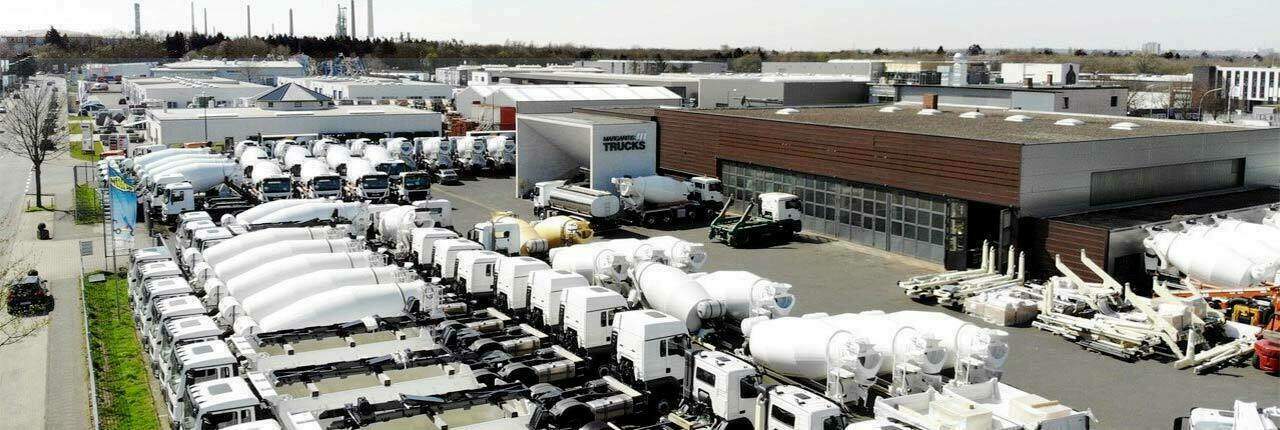Emission Standarts
The emission standard, also called Euronorm, classifies vehicles for pollutant classes. The emission standards propose limit values for carbon monoxide, nitrogen oxide, hydrocarbon and particles. The emission keys are assigned to the pollutant classes which are used for the calculation of the motor vehicle tax and the classification of groups of pollutants for environmental zones. The limit values are different for trucks and cars and depend on the type of motor. The manufacturers of vehicles need to determine the limit values in field observations. Vehicles are recalled if the value exceeds the limit. The whole of Europe applies the Euro-5-Norm for every new vehicle since the 01.09.2009. Since the 01.01.2013 trucks need the Euro-6-Norm.
Europe has standardized exhaust gas regulations for the limit values of carbon monoxide and hydrocarbon since 1970. 1988 Europe launched regulations of soot from diesel engines. According to this are emission standards limit values gram per km and gram per kilowatt hour verified. The values for truck are measured by the emission of the motor in contrast to cars which are differently measured.
The emission values have a large influence on the motor vehicle tax. These were always determined by the emission standards and the cubic capacity. By now the CO2 output affects the taxes. In many German cities are already environmental zones established in which only a few pollutant classes are allowed. For cars are badges available dependent on the values of the emission test. But there is some criticism on these badges because the examinations only check cars to 120 km/h and not how they are normally driven. Petrol driven cars get a green badge. Cars with a diesel engine get in dependence of their emission test a green, yellow or red badge.
The United States have many different requirements for emission standards. The state California has the CARB (California Air Resources Board) which determines the emission regulations. The regulations of the country itself differentiate from CARB, but many states consider to adapt the Californian standards.










 +49 (0) 152 - 56 00 23 40
+49 (0) 152 - 56 00 23 40



